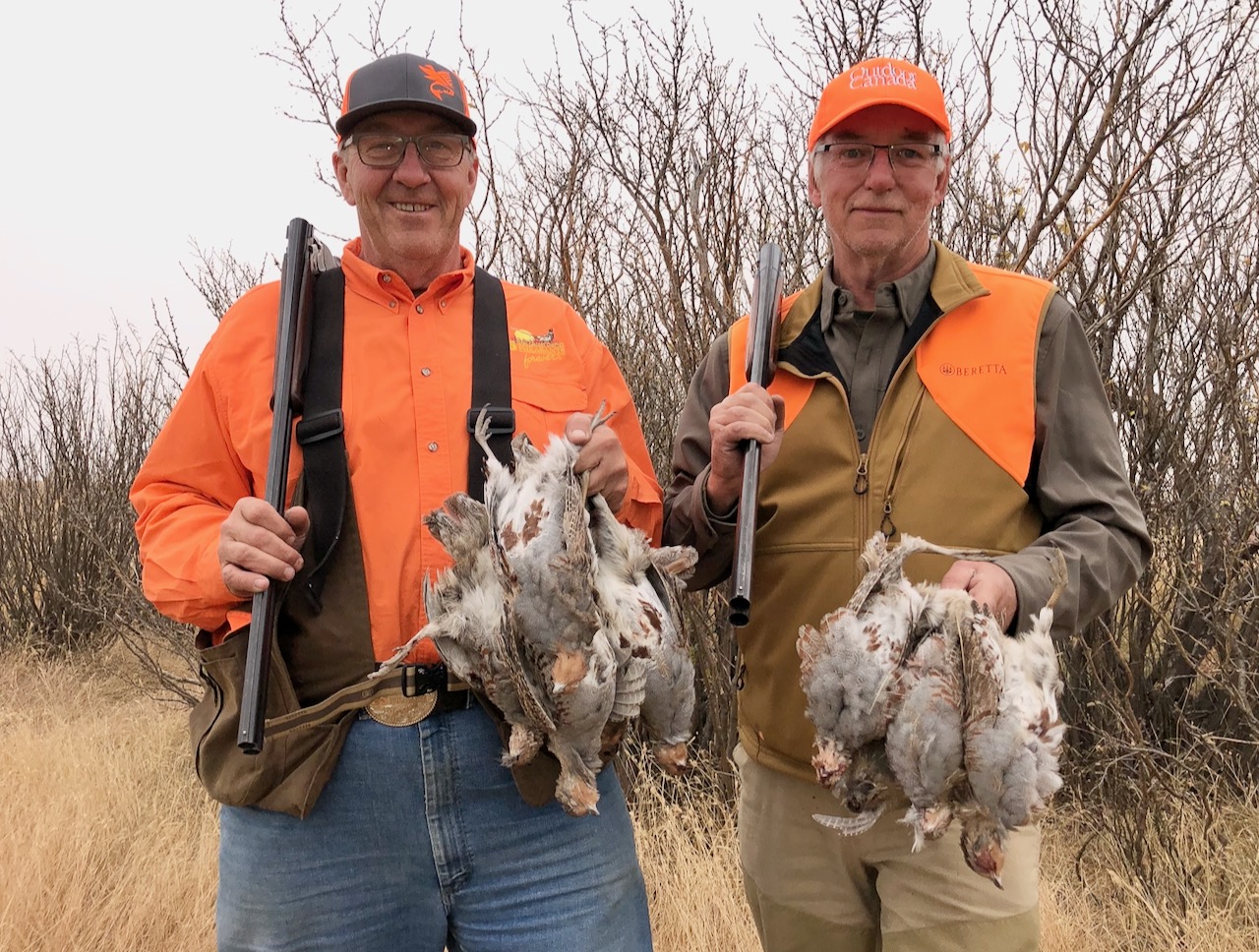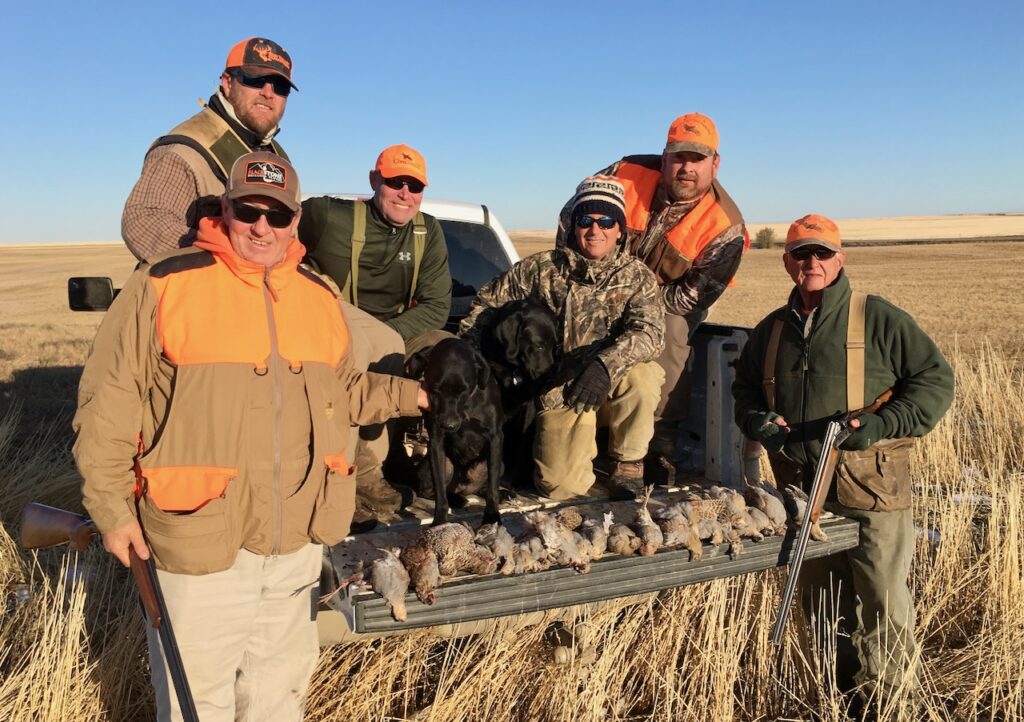ON THE HUNT FOR HUNS
To successfully pursue Hungarian partridge all season long, you need to switch up your approach in tandem with their changing behaviour
Advertisement
SHOOTING TIME
Throughout the entire season, Hungarian partridge will recovey after they flush if given the time to do so. The minute they hit the ground, they’re off and running, and you can often hear them call to one another as they regroup. Mark where they land and get after them right away, as you can flush them again as singles and doubles. If you do relocate them and put up a bird or two, be sure to reload quickly after every shot; the rest of the covey won’t be far away and may flush at any moment.
Advertisement
Remember to carefully mark all hit birds, and resist shooting doubles unless you’re accompanied by good dogs or you’re shooting in open fields. Huns can be notoriously hard to find, even when tumbled hard, and you want to avoid lost birds at all costs.
Also resist flock shooting, which is easy to do when an entire covey bursts out of the long grass; shooting into the mix is a sure recipe for a total miss. Instead, pick out an individual bird, swing on it, hit the switch and follow through. There’s no sin in a couple hunters taking only two birds from a covey rise, which sure beats coming away empty-handed.
There’s also a good reason why you shouldn’t shoot all the birds anyway. In a covey of five to eight Huns, two or three at most is all you should harvest. In larger coveys, you might extend that to four or even five, but no more. Take a conservation-minded approach to your Hun hunting and the chances are good there’ll be a covey in the same spot the following year.
Advertisement

As for guns and loads, keep in mind that these little birds can be extremely difficult to shoot on the wing. They’re fast, and if they’ve been hunted and are a little nervous, they tend to flush early, requiring relatively long shots; except during the earliest days of the season, they will seldom flush underfoot. Some hunters prefer the high pellet count afforded by 12-gauge loads, but that’s a trade-off, as you also want a shotgun that comes up easily and swings quickly. Plus, a light gun certainly makes those long days afield much easier.
For my Hun hunts, I prefer a 28-gauge; my Beretta 686 Silver Pigeon is light and quick to handle, and I use it most often. Other hunters, meanwhile, choose the in-between 20-gauge. It matters little what you carry, really, as long as you shoot it well and are prepared to lug it around all day long.
If you’re shooting a single-barrelled shotgun, choke it improved cylinder, then consider tightening it to modified as the season draws to a close and the birds start flushing at increasingly greater distances. Most experienced double-gun hunters use a combination of improved cylinder and modified throughout the entire season.
The standard shot size for Huns in #7 ½. Again, though, as the end of the season draws to a close and shots are more frequently at extended distances, you may want to consider moving up to #6s.


